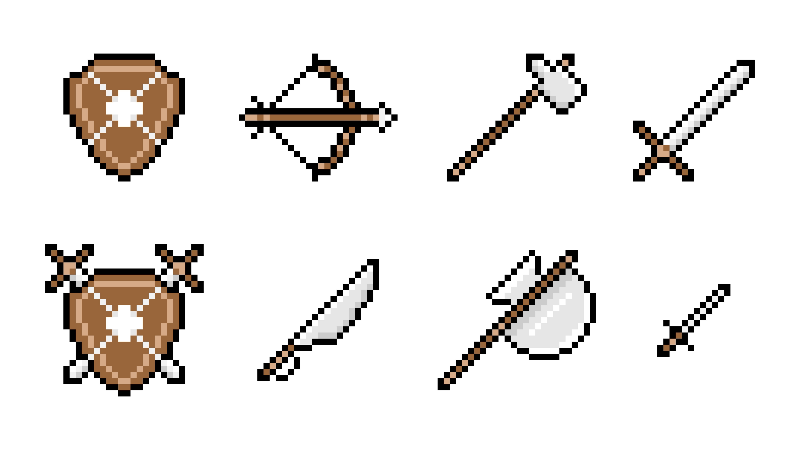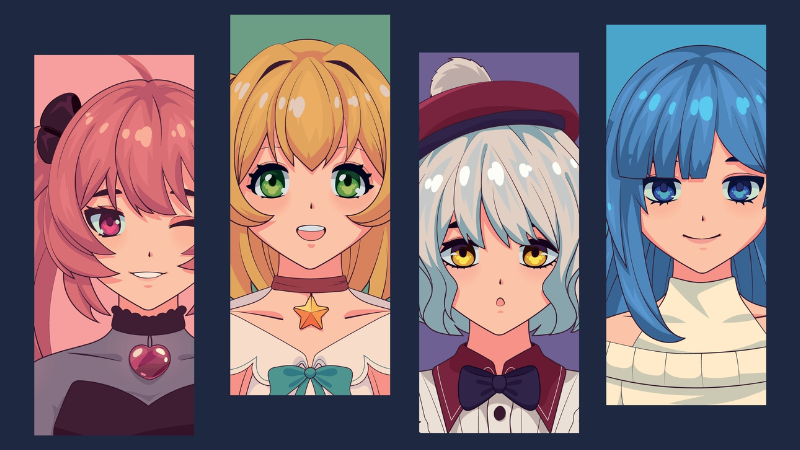Keeping It Old School: League of Legends Runes Guide
By Wayne Comstock | July 3rd, 2018 | Categories: League of Legends
League of Legends is an ever-evolving game. Riot Games has always adhered to the philosophy that change, even if received negatively, is better than a static game. To this end, the jungle has gone through several iterations throughout the history of League of Legends and previously released champions are now often reworked to provide a better game balance when they are perceived to be unhealthy for the game’s overall ecosystem. Prior to the beginning of season 8, runes were changed in a very significant way, one which allowed for a mainstream approach for new players. This was arguably the largest single overhaul of any previous system to date, and this League of Legends Runes Guide will overview the changes and provide history and context with the old system used in the past years.
Table of Contents
The Old System
When LoL first launched and up until the beginning of this current season, the game used a different rune page system. There were only two rune pages available for all players and additional pages could be purchased with IP (Intelligence Points) or RP (Riot Points), Riot Points being obtainable through real-world money. There were a total of thirty rune slots available for customization, with those thirty being divided into four different categories: marks, seals, glyphs, and quintessences. Any rune page had nine slots open for marks, seals, and glyphs, totaling twenty-seven altogether. Quintessences only had three slots available, mainly because they provided larger benefits. A fresh account did not have access to all slots or tiers.
As you leveled your account, additional slots became available. Not only were runes divided by category, they were also divided into tiers, with tier 1 runes being the weakest, and tier 3 runes being the strongest. Any player looking to get as much of an advantage as possible only used tier 3 runes as they were substantially stronger compared to the other tiers.
The biggest knock against this system was that it put players unwilling to spend money at a disadvantage. It is to any player’s advantage to be as familiar with as many roles as possible, and rune pages were catered to specific roles. For example, an ADC would not get much use out of runes that increased magic damage. Taken that into account, having multiple rune pages was a necessity for players, and with the rune page IP price being steep, 6300 IP, it put players into an unfortunate position where they often had to wait a significant amount of time to fill out an additional rune page if money was not an option for them.
Runes Reforged
When season 8 launched earlier in the year, so too did a revamped rune system, one that no longer relied on additional rune pages to get ahead. Riot Games decided to do away with the previous system and implement one known as Runes Reforged.
Runes Reforged at its core, is the complete opposite of the old system because it can be used with all champions and can be changed and customized during champion select, allowing for a great deal of variety and accessibility. While specific runes are still gated behind levels, when a new account reaches level 30, much like the old system, everything becomes available. While it would be nice to have access to Runes Reforged in its entirety, working towards level 30 is a goal in and of itself with other features such as Ranked Play, also being locked behind it.
Five Different Paths
In the current system, players have two rune paths available. There is both a primary path and a secondary path. Not only are there five different paths to choose from, the same one cannot be chosen for both. Those available include the following: Precision, Domination, Sorcery, Resolve, and Inspiration. Each path tackles a different area for champions.
Precision is for champions that rely on physical attacks and make use of sustain, both of which are vital on ADCs in particular, despite the state of the meta currently. Domination, much like the name implies, synergizes well with snowballing a game out of control and makes use of burst damage, the bread and butter of an assassin’s kit. Sorcery, again fitting with the name, is catered towards the mages of League of Legends and to a much larger extent, champions that use mana and benefit from efficient use of it. After all, nothing is more annoying than a Teemo poking you constantly with Summon Aery.
Resolve is all about crowd control and survival, making it the ideal path for tanks. Resolve gives tanks many different tools to soak up damage for the team and last as long as possible before biting the dust. Inspiration is the odd duckling of the bunch in that it caters to creating additional gameplay elements that would not typically be seen otherwise. The most notable example is Kleptomancy, which grants a player with consumable items in their inventory after hitting an enemy champion with an enchanted auto attack.
More to the Story
The number of runes available depends on the path. The primary path has access to one Keystone slot and three Lesser slots whereas the secondary path only has two of three Lesser slots available. In the primary path, players will have groups of three to choose from with both the Keystone and Lesser slots. Each slot will have one of three options available whereas in the secondary path both slots can be chosen from a larger range of options. Furthermore, set bonuses are a part of the equation, which acts as additional passives based on the combination of paths chosen by the player. With so much flexibility and ease of use, Runes Reforged has been a massive success.
Higher Accessibility, Better State
The changes seen in League of Legends have always been met with mixed reception. There is always an implied risk when trying to make changes to a video game. Understanding that, Riot Games frequently changes the game, which in turns fuels the public opinion and keeps it relevant on a year-to-year basis. Runes Reforged is a benefit to new players and adds more accessibility to an ever increasingly complicated game. While additional rune pages can still be purchased, they are never needed given how easy changing the new pages can be. Players no longer have to worry about the disadvantages that came with the old system, and as a result, LoL is in a much healthier state than it was in years past. We hope this League of Legends Runes Guide steered you in the right direction.
For more, check this out: League of Legends Music to Get to Blood Pumping














